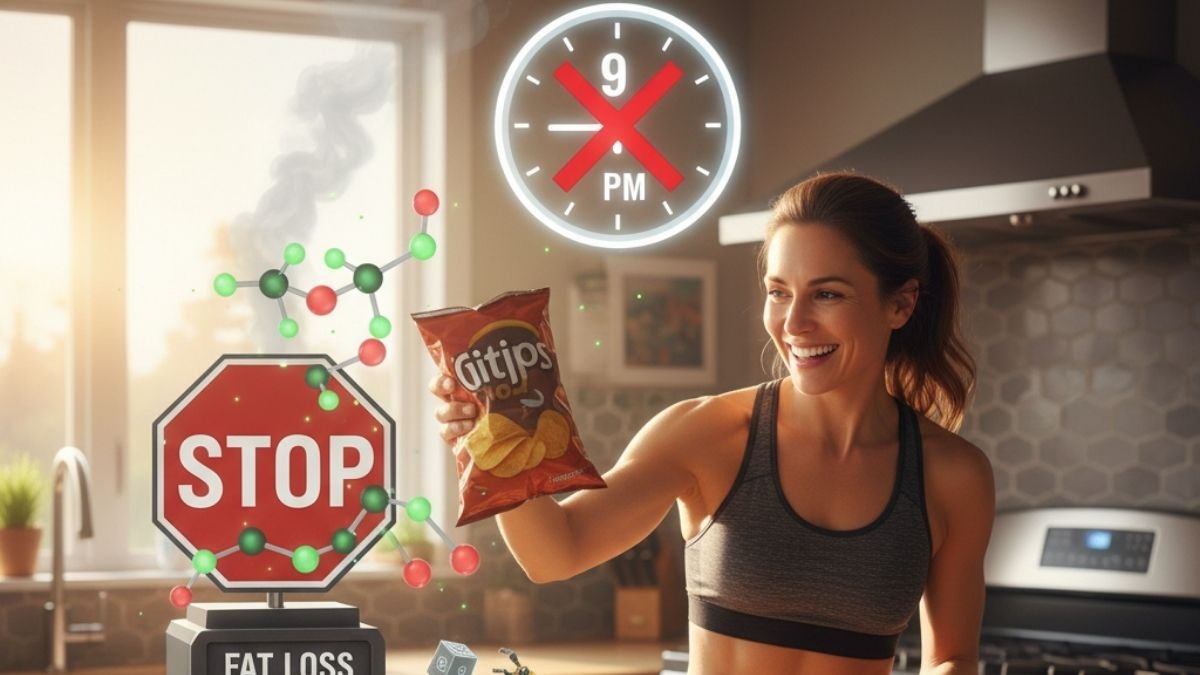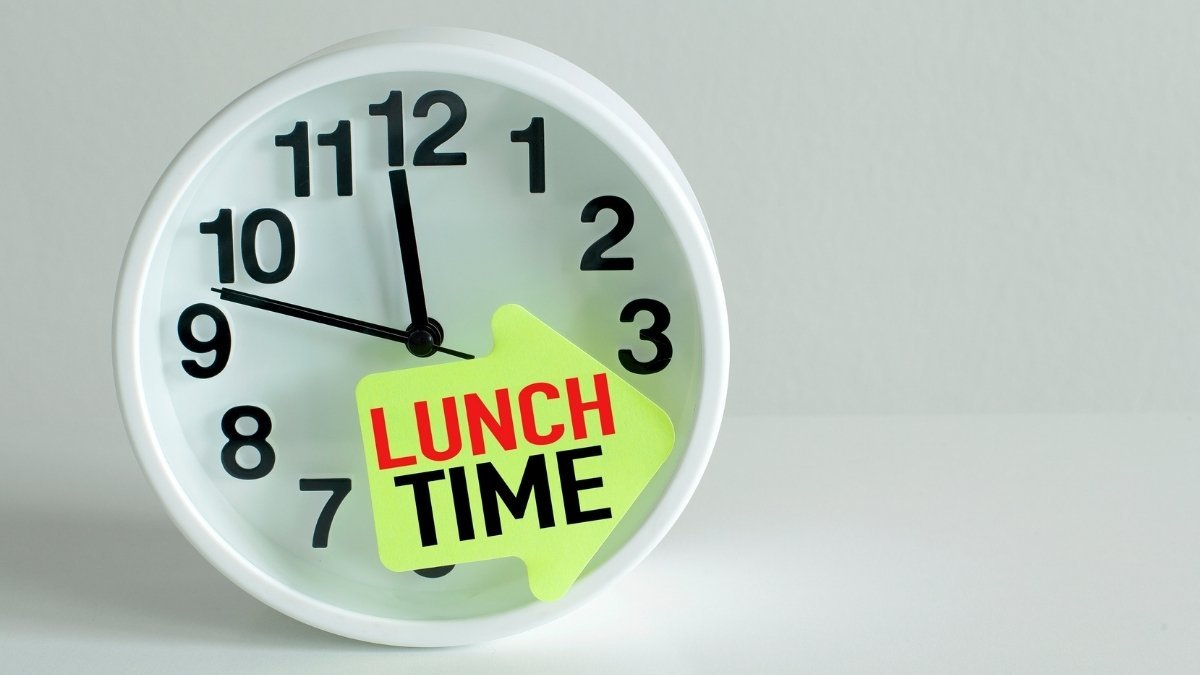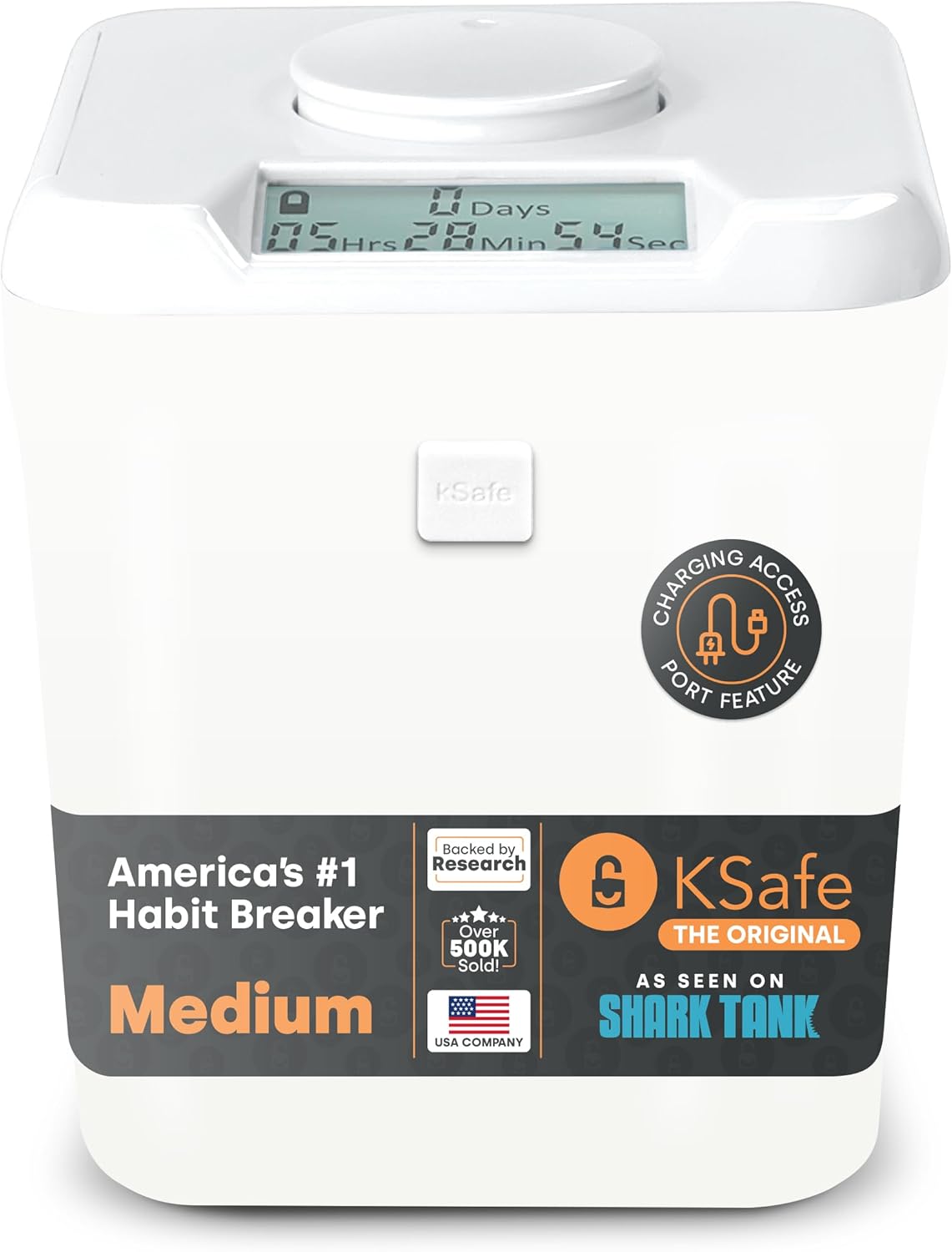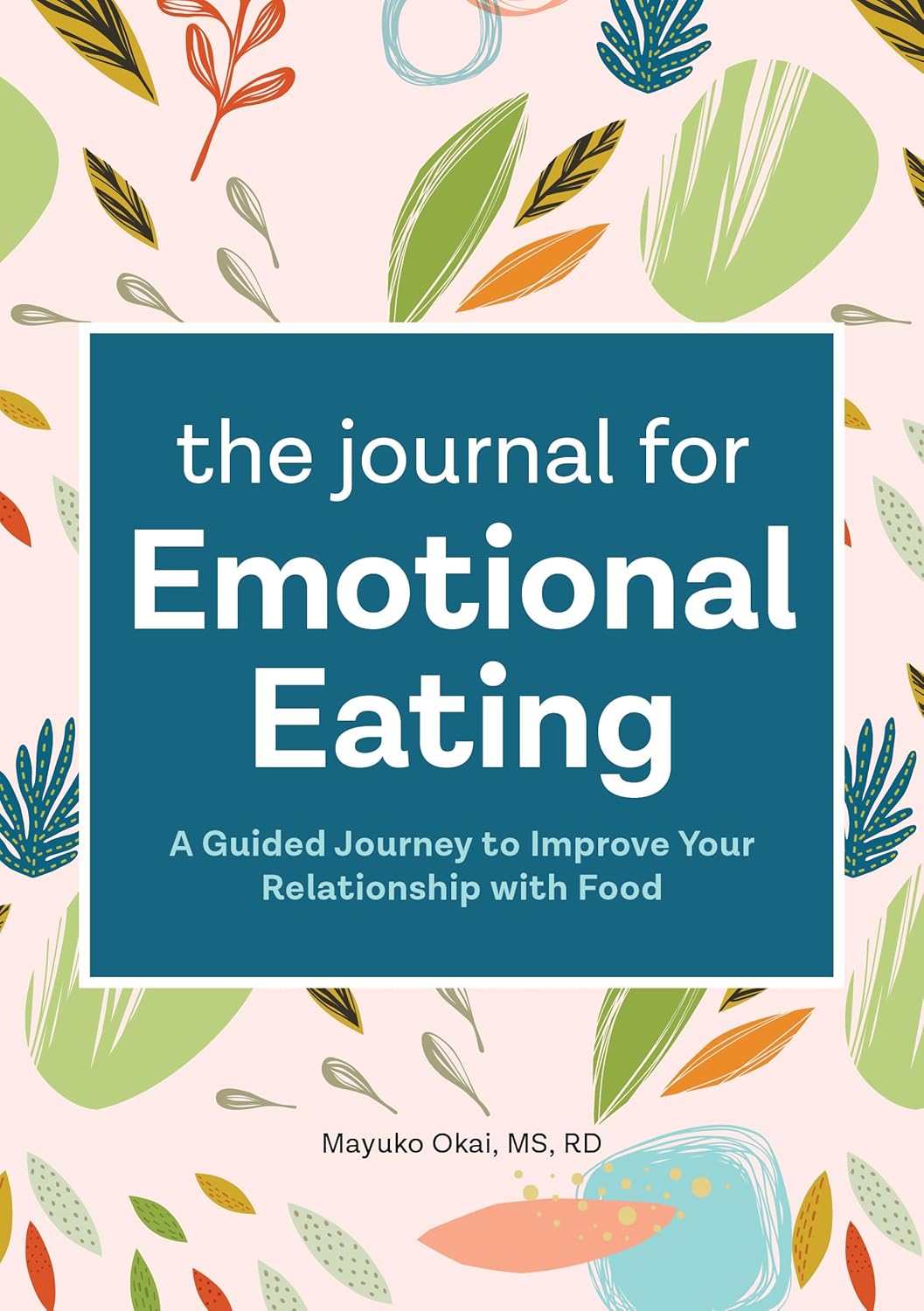
You’re doing everything right. You’re counting the calories. You’re choosing the “healthy” options. You’re working out.
And yet, the scale. Won’t. Budge. It’s the most frustrating feeling in the world. It feels like your body is actively fighting you, like it’s hoarding fat on purpose.
Here’s the thing: You’re not imagining it. It is. That feeling, that resistance? It’s a very real, very ancient survival mechanism. And for many of us, it’s triggered by one specific, “harmless” habit. This isn’t about what you eat (though that matters). This is about when.
Your Body’s Hoarding Problem… And Why It’s Not Your Fault

For decades, we’ve been told weight loss is simple math: calories in, calories out. But that’s a lie. Or at least, it’s half the story. It ignores the fact that your body is a smart, stubborn, and ancient machine that evolved to do one thing: survive famine.
It doesn’t know you have a Trader Joe’s down the street. It thinks a famine is always just around the corner.
To protect you, your body has evolved a series of “metabolic brakes”—active, protein-based switches that literally slow down fat burning when your body senses “stress”.
And here’s the kicker: your body’s definition of “stress” is… complicated.
The “Brake” Inside Your Fat Cells

Scientists have found a few of these brakes, but let’s look at two critical ones.
- The Vicious Cycle (NNMT): Researchers at the University of Texas found a protein inside your fat cells that acts as a “metabolic brake”. Here’s the crazy part: the bigger your fat cells get, the more of this brake-pressing protein they make. Think about that. Fat cells get bigger, so they… slow down their own metabolism, making it even harder to burn the fat they’re storing. It’s a vicious, self-perpetuating cycle. When researchers gave obese mice a drug to block this brake, the mice lost 7% of their body weight in 10 days… and get this—they ate the same amount of food.
- The “Anti-Starvation” Switch (RAGE): Then there’s another brake, this one on the surface of the fat cell, called RAGE. This is an ancient survival switch. Its job is to “stop the breakdown of stored fat in the face of stress”. Great for surviving an ice age. Bad for 2025.
And here is the absolute worst part. As lead study author, Dr. Ann Marie Schmidt puts it, this mechanism has become a “curse in times of plenty”. Why? Because your body “sees cellular stress created by overeating as similar to stress created by starvation—and puts the brakes on our ability to burn fat”.
All that sugar, processed food, and metabolic stress from a modern diet? Your body mistakes it for famine.
So, you have one brake (NNMT) that gets pressed harder the more fat you have, and another brake (RAGE) that gets pressed when you’re “stressed” by overeating.
Your body is designed to resist fat loss. The question is, what’s the main thing we do every day that slams on both brakes at once?
The “One Timing” That Slams the Brakes

It’s that late-night snack.
It’s not the 150 calories from that handful of almonds, or even the 300 calories from that bowl of ice cream. It’s the timing.
Eating late at night, especially after 8 or 9 PM, is a profound act of metabolic sabotage. Here’s why.
You don’t just have one clock in your body; you have two systems :
- Your “Master Clock”: This is in your brain (the SCN). It runs on the light-dark cycle. When it gets dark, it tells your body to wind down for sleep.
- Your “Body Clocks”: You have “peripheral” clocks in all your organs—your liver, your gut, your pancreas, and yes, your fat cells.
Here is the “A-ha!” moment: The brain clock follows LIGHT. But the body clocks? They follow FOOD.
This is where it all goes wrong.
Think about what happens at 11 PM.
- Your Brain Clock sees darkness. It’s pumping out melatonin. It’s sending gentle “go to sleep” signals to every cell in your body.
- Your Body Clocks are also winding down, getting ready for 12+ hours of fasting, repairing, and… you guessed it… fat burning.
Then, you eat a snack.
It doesn’t matter if it’s “healthy.” That food hits your stomach, and your “body clocks” get a panic text: “WAKE UP! EMERGENCY! WE HAVE INCOMING CALORIES! DIGEST! METABOLIZE! STORE! STORE! STORE!”
This is “circadian misalignment”. It’s your brain clock and your body clocks literally screaming opposite commands at each other.
This internal, biological conflict is the “environmental stress” that your ancient RAGE brake was built to detect. You’ve just told your body: “It’s dark and scary, we’re stressed, and we just found a rare scrap of food. Hoard it. Don’t burn anything.”
The brake isn’t just applied. It’s slammed to the floor.
The 1-2-3 Punch of a Late-Night Snack
This misalignment isn’t just a theory. It has immediate, measurable consequences.
Punch 1: You Get Hungrier (Hormonal Chaos)

A major Harvard study found that eating just four hours later than normal had a “profound effect” on hunger.
- Leptin, your “I’m full” hormone, decreased.
- Ghrelin, your “Feed me now!” hunger hormone, increased. So, eating late physiologically makes you hungrier, not just at night, but for the entire next day.
Punch 2: You Store Fat Instantly (Insulin Resistance)

Your body is just… bad at handling sugar at night. It’s by design. Your insulin sensitivity is highest in the morning and lowest in the evening. As registered dietitian Alexis Supan of the Cleveland Clinic puts it, “our insulin resistance kicks up at night”. This is critical. It means those same calories from your snack are far more likely to be dumped into fat storage. Supan’s clinical takeaway is blunt: “Those extra calories… are stored as fat while you sleep instead of being burned throughout the day.”
Punch 3: You Are Reprogrammed to Store, Not Burn (Molecular Mayhem)

This is the scariest part. The same Harvard study actually obtained fat tissue biopsies from the participants. What they found was shocking. When people ate late, the gene expression in their fat cells physically changed. Their body “flipped a switch” :
- Fat-storing genes (adipogenesis) were activated.
- Fat-burning genes (lipolysis) were suppressed.
It’s not a metaphor. Your fat cells were literally, at a genetic level, given the command: “Stop burning. Start storing.” Other studies confirm this, finding that a 10 PM dinner (vs. a 6 PM dinner) significantly reduced the amount of fat your body burned overnight.
But It Gets Worse: The Next-Day “Metabolic Hangover”

The damage isn’t over when you wake up.
That NIH study that compared 6 PM vs. 10 PM dinners found a nasty “carryover” effect. The late-dinner group woke up with impaired glucose tolerance. This means…even your “healthy” breakfast is more likely to be stored as fat. The one snack didn’t just stall your fat loss for that night. It’s sabotaging your metabolism for the next 24 hours.
But What About… (All the Questions I Know You Have)
I can hear the “buts” already. Because I had them too.
1. “A calorie is just a calorie, right? If I’m in a deficit, who cares?”

This is the big one. And it’s technically true, in a lab. One 2022 study did force people into two groups—big breakfast vs. big dinner, but with the same total calories. And you know what? They lost the same amount of weight. BUT. The same study found that the big-breakfast group was dramatically less hungry all day long. In the real world, none of us is in a metabolic ward. In the real world, hunger dictates adherence. Timing, it turns out, is the master key that controls the “calories in” variable by controlling your hunger.
2. “But I heard ‘grazing’ on 6 small meals boosts metabolism!”

This is one of the most persistent myths in fitness, and it’s just… wrong. There is “little scientific evidence that eating small, frequent meals boosts metabolism”. The energy you burn digesting food (thermic effect) is proportional to the meal. Six small boosts equal three big boosts. Worse, one study comparing 3 vs. 6 meals (same calories) found the 6-meal group reported greater hunger and a greater “desire to eat.” Not ideal. In fact, studies show eating fewer meals (like 1-2 a day) is linked to a lower BMI.
3. “But my friend snacks at 10 PM and she’s fine! What about that?”

This one’s wild. A huge study (the ZOE PREDICT 1) found that some late-evening snackers (9 PM or later) actually had… better blood sugar and fat markers. This seems to break the entire argument. Until you read the next line. The same study found that snack quality was a massive factor. People who ate “low-quality” snacks had higher blood fats, higher insulin, and higher insulin resistance. Here’s the takeaway: It’s the combination of Bad Timing + Bad Food that’s the real villain. That typical late-night snack—chips, cookies, ice cream —is a high-sugar, high-fat, metabolic stress bomb that’s practically designed to activate the RAGE brake. A high-quality snack (like Greek yogurt) might be “safe” because its high-protein, low-sugar composition mitigates the stress signal… but honestly, why risk it?
How to Release the Brake (And Actually Burn Fat)
Okay, so we’ve established the “Metabolic Brake” is real and late-night snacking is the trigger. How do we release it?
It’s actually pretty simple. You don’t need a new diet. You just need a new schedule.
1. The Antidote: Time-Restricted Eating (TRE)

This is the most direct solution. It’s the life’s work of researchers like Dr. Satchin Panda at the Salk Institute. It’s not a “diet” in the traditional sense. All you do is confine all your eating to a consistent 8, 10, or 12-hour window each day. The most common is a 10-hour window. You eat from 8 AM to 6 PM. Or 9 AM to 7 PM. That’s it. The other 14-16 hours? You fast (water, black coffee, or tea is fine). This is the antidote to circadian misalignment. It forces your brain clock and your body clocks to get back in sync. A pilot study on patients with metabolic syndrome (the exact people who need this) found that a 10-hour window—with no other rules—led to a 3–4% reduction in body weight, BMI, and… abdominal fat.
Here’s a simple breakdown of what’s happening in your body:
⚖️ The Metabolic Showdown ⚖️
Comparing Late-Night Snacking vs. Early Time-Restricted Eating (TRE)
| Metabolic Parameter & Supporting Data | 🛑 “The Metabolic Brake” (Late-Night Snacking / Misaligned) | ✅ “The Metabolic Release” (Early TRE / Aligned) |
|---|---|---|
| Circadian Alignment | DISRUPTED. Peripheral clocks (liver, fat) desynchronize from the central clock (brain). | SYNCHRONIZED. Food intake aligns peripheral clocks with the light/dark-aligned central clock. |
| Hormonal State | Pro-Hunger.
| **Pro-Satiety.**
|
| Insulin Sensitivity | LOW. Food intake collides with high evening insulin resistance. Impaired glucose tolerance. | HIGH. Food intake is matched to the period of highest insulin sensitivity (the morning/day). |
| Metabolic Stress (RAGE) | HIGH. High-sugar/fat snack on an insulin-resistant body creates “stress” and AGEs, activating the RAGE “anti-starvation” brake. | LOW. Food is processed during peak metabolic efficiency. Long fasting promotes cellular repair. |
| Adipose Tissue Activity | FAT STORAGE (Pro-Adipogenesis).
| FAT MOBILIZATION (Pro-Lipolysis). Long fasting provides time for fat breakdown. |
| Next-Day Effect | NEGATIVE “Carryover”. Waking with high Free Fatty Acids and impaired glucose tolerance at breakfast. | POSITIVE. Waking in a fat-burning state with restored insulin sensitivity. |
| Overall Outcome | Fat Loss STALLED. Promotes fat accumulation. | Fat Loss ACCELERATED. Promotes fat mobilization. |
2. The 3-Step Plan to Stop Snacking Tonight

If TRE feels like too much, just start here.
- Step 1: Eat a Real Dinner. Make sure your last meal is satisfying. “Boost protein and load up on fiber” to help you feel full longer. Skipping meals during the day is the #1 trigger for late-night binges.
- Step 2: The 3-Hour Rule. This is the simplest, most powerful clinical advice. Stop eating at least 3 hours before you plan to go to bed. This gives your stomach time to empty and signals to your body that the “kitchen is closed”.
- Step 3: Break the Habit Loop. Be honest: is it hunger, or is it habit? For most of us, it’s boredom, stress, or the “mindless” ritual of eating while watching TV. Identify the trigger, and find a new routine. Brush your teeth right after dinner. Have a cup of herbal tea. Turn off the screen.
3. The “Harm Reduction” Plan (Okay, If You’re Still Starving…)
Look, some nights it’s just not going to happen. If you must eat, you have to choose a snack that mitigates the damage. The goal is to avoid the big glucose spike that activates the RAGE brake. The Rules: Keep it small (under 200 calories) and make it nutrient-dense.
| Brake-Mitigating (SAFE) Snacks | Brake-Activating (AVOID) Snacks |
| Cottage Cheese (with berries) | Ice Cream, Cookies, Chips |
| Greek Yogurt (with nuts) | Greasy / Fatty Foods (Pizza) |
| A Handful of Almonds/Pistachios | Sugary Cereal |
| A Hard-Boiled Egg | Spicy Foods (can cause heartburn) |
| Apple Slices with Peanut Butter | Candy or Chocolate |
| Whole-Grain Crackers & Cheese | Salty Popcorn (drenched in butter) |
A Few Tools That Can Genuinely Help
Look, I get it. Knowing what to do is one thing, but actually doing it is a whole other battle. The late-night habit is tough to break. If you feel like you need a little more structure, here are a few things that can really help—not as magic pills, but as tools to make the ‘right thing’ a little bit easier.
1. kSafe Time-Locking Container

This is for when willpower just isn’t enough. It’s a simple idea: a container that you set a timer on, and it will not open until that timer hits zero. If you’re a mindless snacker, you can lock up the cookies at 7 PM and not have access again until morning. It’s a “commitment device” in its purest form.
2. A Guided Journal for Emotional Eating

We talked about asking, “Am I really hungry?” This journal is designed to help you answer that question. It gives you prompts to explore why you’re eating—is it boredom, stress, or sadness? Understanding the root cause of the trigger is the first step to changing the habit.
3. Atomic Habits by James Clear

This whole article is about habits. This book is the gold standard for how habits work. It’s not about massive, life-changing willpower; it’s about making tiny, 1% changes that stick. It’s brilliant for understanding how to design your environment (like not leaving the chips on the counter) to break bad habits and build good ones.
4. Tazo Calm Chamomile Tea

Part of breaking a habit is replacing it with a new ritual. Instead of a snack, you can wind down with a warm cup of tea. Chamomile has been used forever to help with relaxation and sleep. It’s a new, non-food signal to your body that the day is over.
5. Optimum Nutrition Gold Standard Casein

This is for the “harm reduction” plan. If you are going to have that snack, make it a smart one. Casein is a slow-digesting protein (like what’s in cottage cheese) that helps you feel full and supports muscle repair overnight. A scoop of this (like the “Chocolate Crème” flavor) mixed with a little water or milk can feel like a dessert, but it’s working for you, not against you.
The Big Takeaway
This isn’t about being perfect. It’s not about “good” foods or “bad” foods, and it’s not even about “never snacking again.” It’s about alignment.
For years, you’ve been fighting your body, and it’s been fighting you right back. But this whole time, you’ve been speaking different languages. Your body’s language is ancient—it’s a language of light, darkness, and timing.
You’re not broken, and your metabolism isn’t either. It’s just been listening to the wrong signals.
Stop eating at night. Give your body the 12-14 hours of quiet, dark “house cleaning” time it needs to release the brake. Do that, and you might just be shocked at how quickly it remembers how to burn fat again.






